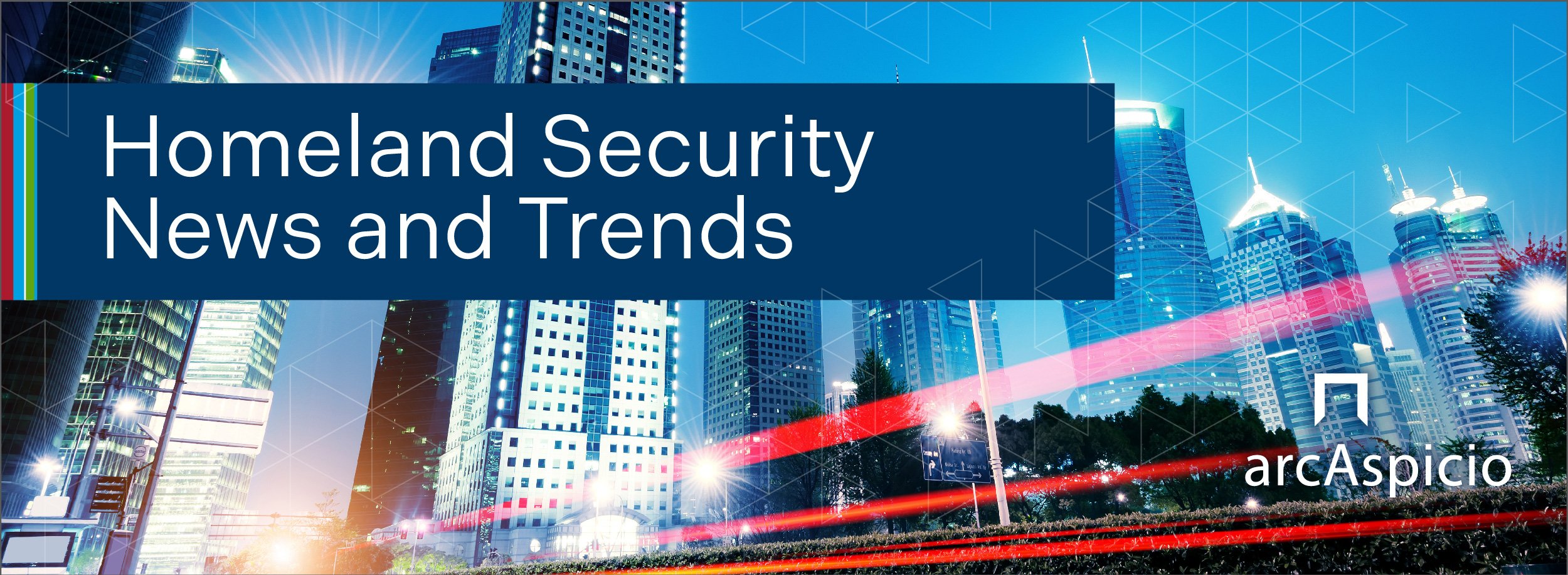
Mr. Roboto: Your Newest Coworker
Could your next cubemate be a robot? Elon Musk, the Tesla and SpaceX founder, is building our future coworkers and forming a world filled with Artificial Intelligence (AI) that could “beat us in just about everything,” including our jobs. As Musk attempts to create a real-life iRobot, many advantages and a possible partnership arise with this future. How can the Government and Homeland Security prepare and welcome new technological advancements? Creating a future workforce that incorporates AI in all its forms can help improve safety, accelerate data analytics, increase productivity, and even improve morale in the work force.
AI may sound apocalyptic to some, but society has been benefitting from automated productivity trends since the days of Henry Ford and the assembly line. Assembly lines and automation have standardized processes, reduced errors, and cut prices. Thanks to AI, daunting, cumbersome, and even dangerous tasks could be delegated to robots to create more time for Government workers to focus on what they do best – focusing on valuable mission-centric work. AI could help us:
- Search for potential terrorist propaganda by programming a system to automatically detect web indicators rather than having humans scrolling the internet for clues
- Manage and promote crowdsourcing during disasters to produce real-time response efforts and maps of the affected areas
- More quickly and periodically assess the vulnerability of systems security and track trends in real time, generating alerts and recommending urgency-based actions for follow up
- Automate actions taken and best practices in response to emergency alerts, capturing immediate feedback
AI may be the next useful tool at the Government’s disposal.
Cultivating an environment that supports change and innovation, including AI, can lead to better tools for safeguarding homeland security. Government agencies can prepare for AI by slowly integrating its software into daily activities. Assimilating AI advancements gradually can help employees evaluate how to improve software bugs and glitches, while helping workers understand the benefits and implications for the workforce.
About Arc Aspicio
Arc Aspicio is a management, strategy, and technology consulting firm that takes a mission-oriented approach to complex client challenges. As a rapidly growing company, Arc Aspicio has a bold strategy for 2016-2018 that drives growth through new capabilities in strategy, design, human capital, data analytics, information sharing, cybersecurity, and strategic communications. The company is known for a strong, collaborative culture that values gratitude – for its clients and its great team. And, #welovedogs! Follow us on Twitter @arcaspicio or learn more at www.arcaspicio.com





















